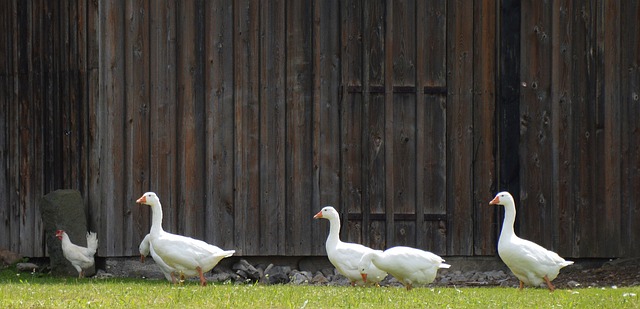Anterior cervical disc fusion is a surgical procedure that can help relieve pressure and pain on the nerves near the cervical section of the spine. After the surgery, it is important to understand the neck range of motion to ensure a successful and safe recovery process. This article will cover various aspects of the neck range of motion after anterior cervical disc fusion to help readers understand the recovery process and what to expect.
Overview
What is Anterior Cervical Disc Fusion?
Anterior cervical disc fusion is a surgical procedure that helps relieve pressure from the nerves near the cervical spine by joining two vertebrae together. This process is done to relieve nerve pain that can be caused by disc degeneration, abnormalities or instability. The fused disc acts like a bridge, providing stability and support for the spine.
What is Neck Range of Motion?
Neck range of motion is the ability to move and rotate the neck up and down, side to side, and clockwise and counter-clockwise. This range of motion is affected by muscular strength, flexibility, and the amount of pain felt. There are four categories of movement that determine the range of motion in the neck – flexion, extension, rotation and side bending.
Why is Neck Range of Motion Important After Anterior Cervical Disc Fusion?
Neck range of motion is important after anterior cervical disc fusion because it helps one to return to normal activities, including sports and exercices with ease. It also helps to reduce pain and improve overall neck flexibility. Additionally, knowing the range of motion after the surgery helps to monitor potential complications resulting from the surgery.
The Recovery Process
What to Expect Immediately After Surgery?
Immediately after the surgury, patients should expect to experience pain, discomfort, and swelling. The neck will be immobilized by a collar for the first two weeks following the surgery to help the fusion heal properly. For the first week after the surgery, patients should avoid any strenuous physical activity and stick to easy, light activities such as walking and other low impact exercises.
What is the Healing Process Like?
The healing process differs from patient to patient and typically takes a minimum of three months. During this time, the patient will go through physical therapy and various strengthening exercises, medications and lifestyle changes that all help with the healing process. During a physical therapy session, the therapist will assess the range of motion of the neck, focusing on the four categories mentioned above.
How Long Does it Take to Regain Full Neck Range Of Motion?
The amount of time it takes for a patient to regain full neck range of motion depends on many factors. Some patients may be able to regain full range of motion within a few months, while others may take much longer. The healing process is different for everyone and depends on the individual’s ability to follow the doctor’s instructions.
People Also Ask
Can I Return to Normal Activities After Anterior Cervical Disc Fusion?
Yes, most patients can return to their normal activities after anterior cervical disc fusion, but certain activities such as contact sports may need to be avoided. After a successful recovery, patients can be expected to resume normal physical activity at their own pace.
Can I Sleep on My Side After Surgery?
It is recommended to sleep on one’s back or stomach while the incision is still healing. After the healing process is complete, sleeping on one’s side should be fine. However, it is best to consult your doctor before making any changes.
What Are the Risks of Anterior Cervical Disc Fusion?
The risks associated with anterior cervical disc fusion include infection, nerve damage, reccurance of symptoms, bleeding, and inadequate fusion. It is important to talk to your doctor to discuss any risks associated with the surgery.
Is Anterior Cervical Disc Fusion Painful?
Anterior cervical disc fusion can be painful, but the pain can be managed through medications, lifestyle changes, and physical therapy. Additionally, the pain should stop as the fused spine heals and the neck range of motion is regained.
Final Words
After an anterior cervical disc fusion, it is important to understand the process of regaining neck range of motion. The amount of time it takes to regain full range of motion after the surgery will vary from person to person, but with physical therapy, lifestyle changes, and patience, a successful recovery is possible. Patients should always consult their doctor for advice and information about the recovery process.

